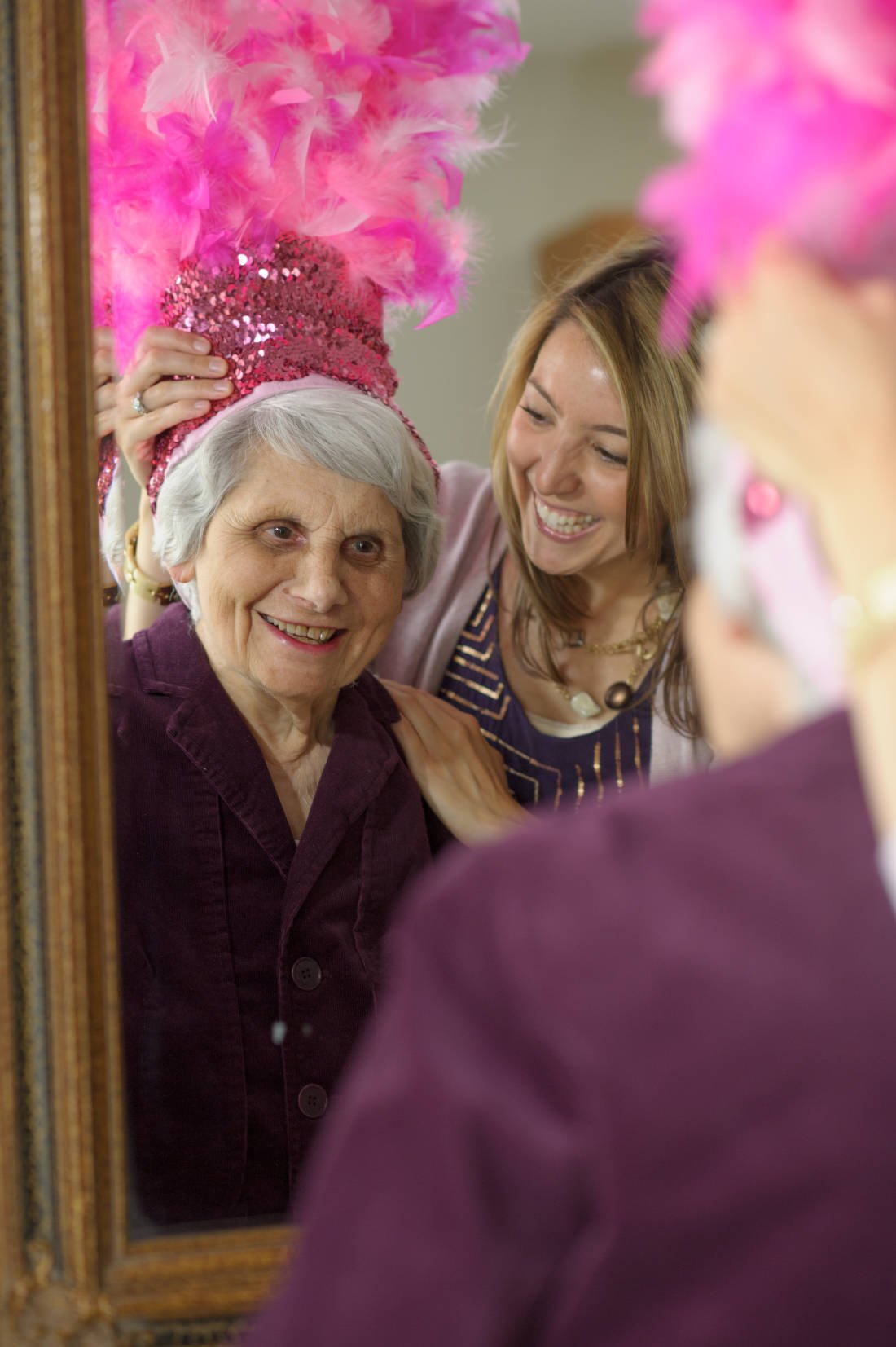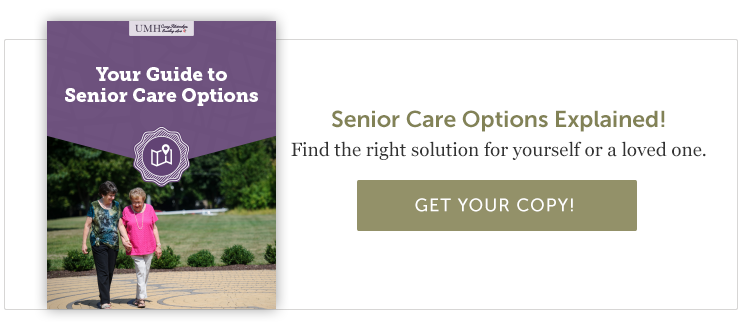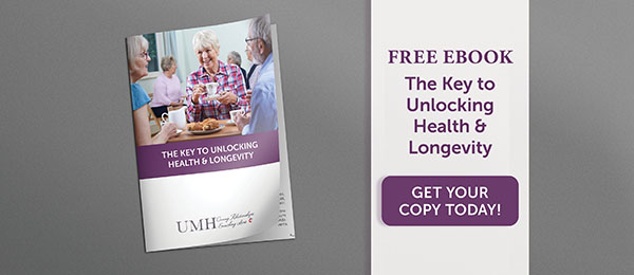Aging Well Series: Expert Insights on the Role of Exercise
assisted living | Senior Living Communities CT | senior health | senior health tips | Independent Senior Living | healthy living | independent living in ct
Last month, we kicked off our Aging Well series to shed light on various aspects of optimizing one’s physical, mental, and emotional well-being throughout their senior years. We began with a focus on good nutrition as an essential component of aging well, and we continue this month with nutrition’s go-to counterpart: exercise. Proper physical activity is vital to healthy aging, and it supports a wealth of benefits for seniors who incorporate this aspect into their daily lives.
In fact, exercise is one of the best and most important elements a senior can implement in the interest of aging well. Let’s explore this topic more fully, breaking down some helpful insights and information on precisely what role physical activity plays in one’s senior years—and what older adults can do to integrate exercise in a healthy way.
Key Benefits of Exercise for Older Adults
First things first: let’s address the WHY behind prioritizing exercise for seniors. There are several highly worthwhile outcomes associated with older adults engaging in a proper amount of physical activity on a consistent basis. The National Council on Aging outlines the following life-changing benefits of exercise for individuals over the age of 60:
- Prevention of bone loss: Bone density for both men and women is known to decrease with age, and post-menopausal women can expect to lose up to 2% each year. With effective strength training, seniors can work to counteract bone loss and even support its restoration. Stronger bones equate to lower risks of fracture and loss of balance. In this way, exercise can actually help seniors live more independently for a longer period of time.
- Prevention of chronic disease and cognitive decline: From cardiovascular disease and hypertension to diabetes, obesity, and colon cancer, proper exercise can help seniors prevent and/or minimize symptoms associated with an array of chronic medical conditions. Research has even shown a correlation between exercise and reduced cognitive decline. One particular study of individuals aged 60 and older detected fewer Alzheimer's disease biomarkers when participants performed 30 minutes of exercise daily.
- Osteoarthritic relief: Greater amounts of movement have been shown to aid in lessening the pain and stiffness caused by arthritis. By strengthening one’s surrounding muscles, exercise can ease some of the pressure placed on aching joints. Additionally, it may minimize joint inflammation and support lubrication, further reducing pain and stiffness. Some of the best physical activity for arthritic relief includes low-impact cardiovascular activity, strength training, and range-of-motion exercises.
- Increased immunity: Some research indicates a link between moderate exercise and reduced occurrence of acute respiratory illness. While there’s no definitive explanation for exactly how physical activity helps boost immunity, some theories suggest that the anti-inflammatory effects enable better immune function and that exercise may also improve the performance of immune cells.
- Improved mood and mental well-being: Exercise is a “feel-good” activity, promoting a host of mood-related benefits like reduced anxiety and depression, a more relaxed state, and a greater sense of overall well-being. Certain research suggests that the mood-boosting benefits of exercise continue well into old age, highlighting why it's so critical for seniors to stay active.
How Much Physical Activity Do Seniors Need?
Now that you have a better understanding of what exercise can realistically do to improve a senior’s overall well-being, we’ll take a closer look at how much physical activity is required to reap these benefits. Of course, it should go without saying that any amount of exercise is better than no exercise. And the more physical activity a senior integrates into their lifestyle, the more positive outcomes they are likely to achieve.
But for the sake of making these goals a bit more tangible, here is specific guidance from the CDC on proper levels of physical activity for seniors. Adults aged 65 and older should aim for:
- At least 150 minutes a week (e.g., 30 minutes a day, 5 days a week) of moderate-intensity activity such as brisk walking, OR 75 minutes a week of vigorous-intensity activity such as hiking, jogging, or running
- At least 2 days a week of activities that strengthen muscles
- About 3 days a week of activities to improve balance, such as standing on one foot
The CDC explains that if chronic conditions affect your ability to meet these recommendations, it’s best to be as physically active as your abilities and conditions allow.
How to Get Started with Exercise
If aging well and maintaining independence for as long as possible is important to you, exercise is a critical part of the equation. But if you’re unsure of how to effectively prioritize physical activity in your everyday life—or even where to begin—you may struggle to reap the benefits. To help seniors get started on a path toward implementing exercise as an element of overall health, here are some valuable tips and insights from the experts.
The National Institute on Aging urges seniors to begin slowly. If you’re just starting out with exercise, it’s important not to overdo it, as this can lead to injury or an inclination to quit. The key to success and safety is building up slowly from one’s current fitness level. A steady rate of progress is best.
To support safety and reduce the risk of injury, the NIA recommends that seniors keep the following tips in mind:
- Begin your exercise program slowly with low-intensity exercises
- Warm-up before exercising and cool down afterward
- Pay attention to your surroundings when exercising outdoors
- Drink water before, during, and after your workout session, even if you don’t feel thirsty
- Play catch, kickball, basketball, or soccer
- Wear appropriate fitness clothes and shoes for your activity
- Discuss your exercise and physical activity plan with your healthcare provider, especially if you have specific health conditions
Why Environment Matters
It’s certainly true that seniors should aim to integrate healthy amounts of physical activity into their daily lives no matter where they live. But it’s also the case that certain environments are more conducive to making this goal a reality. Some older adults find that living alone decreases their incentive to exercise, as they may feel lonely and/or depressed.
For exercise to become a routine, seniors should be motivated by their surroundings to get up and be active. This is why residents of senior living communities are more likely to fulfill their recommended levels of physical activity. This type of environment naturally encourages proper exercise through access to coordinated classes, equipment, events, and activities, as well as proximity to neighbors and staff who can help motivate and instruct.
Keep in mind that exercise doesn’t have to be a chore; it can actually become a fun and enjoyable part of one’s day. So regardless of where you live or what your approach to aging well is, be sure to put exercise high on the list!
For additional tips on senior health and lifestyle issues, check out our blog. To find out how United Methodist Homes provides a wealth of offerings and opportunities to support the health and wellbeing of our residents, contact us today or schedule a complimentary visit now.
About Marissa Salvesen
My journey into the world of senior living began when I started working for United Methodist Homes in 2010. Starting as an Activities Director at one of our award-winning assisted and independent living communities and then transitioning to Marketing and Promotions Manager for UMH, I now work as the Manager of Mission Development, fostering the Mission and Values of our organization. I love sharing stories about the many ways we build meaningful relationships and enrich the lives of those we serve, and am proud to be part of building UMH’s 140-year legacy of caring. Wondering what makes our communities such special places to live and work? Connect with me and find out!

Our Blog is a 2016 Platinum Generations Award Winner! The Generations Award is an annual international competition for excellence in senior marketing recognizing professionals who have communicated to the 50+ Mature Markets.





